Very quickly, for those who would rather be World War Two’ing here’s the deal about Steel Division: it’s a strange melting pot of other well known and lesser know strategy games. The fast paced action, infantry focused combat and clean UI of Company of Heroes. The morale system a la Close Combat and the accurate historical use of WW2 hedgerow tactics that you can find in Combat Mission: Normandy. The unit variety, deck building, air support and logistics systems are imported directly from their previous Wargame series. Overall this is a must have RTS for anyone that enjoys a good fight at the tactical challenge hedgerow hell that was the Normandy countryside. For those that fancy quite an extensive reading keep going.

SCALE OF BATTLE- This! this is where Steel Division stands out the most from the titles I aforementioned. While those focus either on a small skirmish-like engagement, I.e. Taking a small town or farm, a bridge, the fight over a hill or a small ambush, In Steel Division this is all taking place at once in a single map and you get a real sense of scale and place in a battle. In the right side of the map a tank battle is raging in an open field, to your left your allied infantry and anti tank guns are defending the crossroads entrenched in the houses and corners of the streets, making the most use of the crumbling ruins around them. Your division scouts slowly advance to spot enemy positions so you can mortar them while your tanks charge forth raining a hail of lead, suppressing them, making an opening for your infantry to take the drop. This is a sense of scale I personally never saw on a tactical level game, not even in a Total War game. This leads me to discuss:
THE MAPS- As an amateur historian, nothing is more satisfying than to see History come to life in a video game. Steel Division makes use of actual air reconnaissance maps used during the Allied invasion of France. This means that all of the hills, fields, hedgerows, roads, houses and farms might be the places where real people made History happen, they actually fought, lived, killed and die in those places, making even the smallest of skirmish feel so authentic and plausible, but most important, the realism of the maps and positions are what drives the player to employ real world war 2 tactics, and it all comes natural to you, even if you are not familiar with them. Besides, the amount of maps is pretty large at launch, accounting 15 in total. What I personally find really cool is that each section of the map feels like a map of it’s own, with it’s specific locations, roads, strong and weak points. If you are a military history enthusiast you will immediately know where to strike, defend, which points to hold or concede, how to move your troops, what roads are useful and which are dangerous, where to position each and every single one of your units to the most of their advantages. But of course, the maps are not enough if the engagements are bad. Fortunately, Steel Division is excelling at making hedgerow fighting slog pretty damn interesting and intense. Units are extremely hard to dislodge.
THE FIREFIGHTS- A fight in Steel Division might not be a battle to the death, you may just want the enemy to dislodge that position, to retreat and fall back to a less defensible one where you can then pound them with artillery and air strikes, and that is fine. What is pretty damn amazing about this game is that fights just don’t randomly occur on the battlefield for no reason whatsoever like: “well, I guess my units where there for some reason and so were the enemies so we duked it out”. No, they give you a feeling that you are fighting for a specific point in the map that could change the outcome of the battle itself. This creates a huge amount of opportunities for emergent story telling, that time you fought for the town that controlled the crossroads that were key for that part of the map. That one time you stood your ground against overwhelming enemy forces while ambushing them in the road alongside the forest line. Those one time “hero units” are borned in an anvil of fire and blood, like that anti tank crew that kept on fighting the enemy onslaught of tanks until it ran out of ammunition. The fights feel deep and yet really cinematic, it’s like watching the bigger picture around Saving Private Ryan, while also being able to zoom into a specific part of the map and see a small company of heroes (pun intended) holding that bridge until you are able to get them some help. It’s pretty damn fantastic.
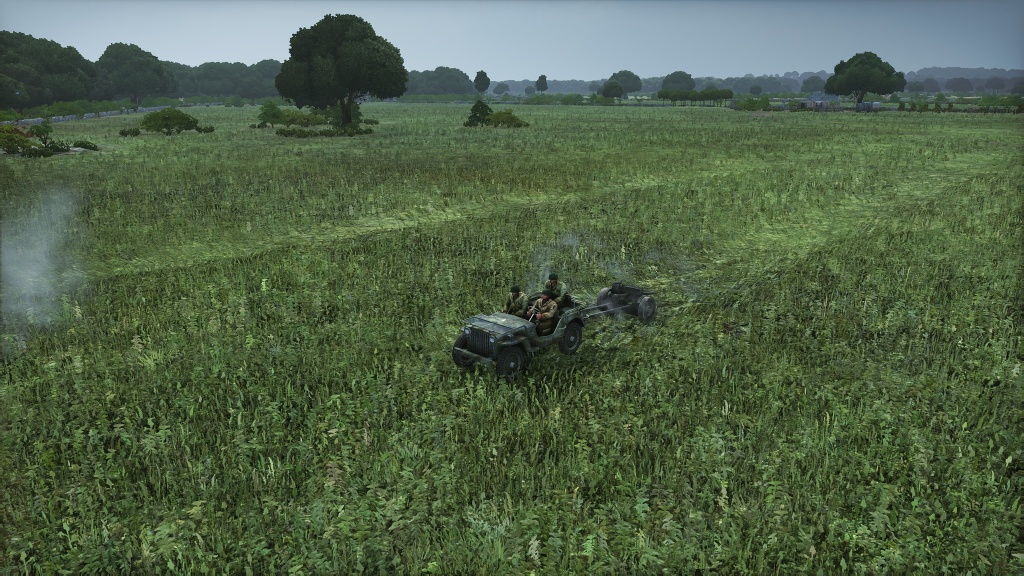
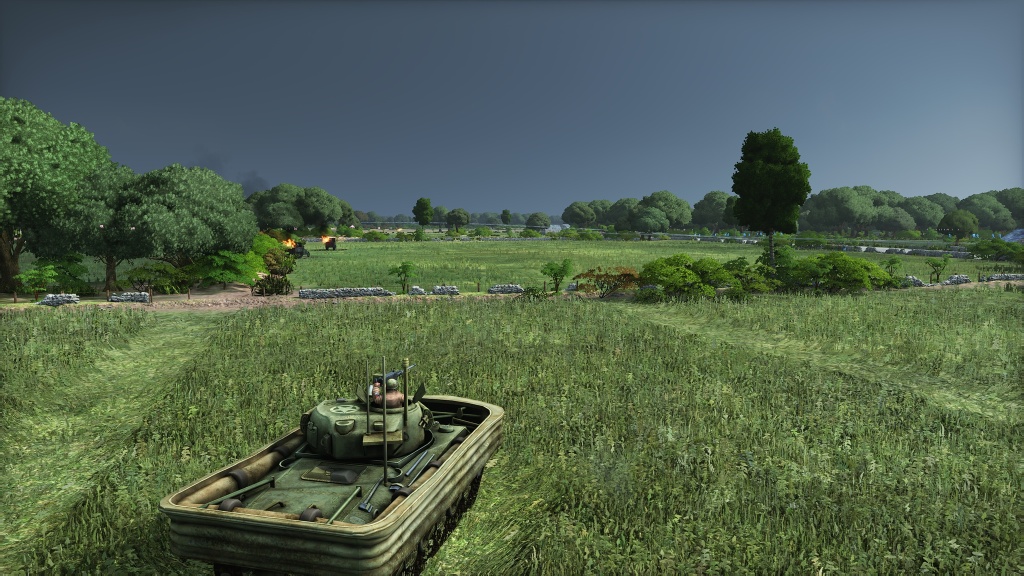
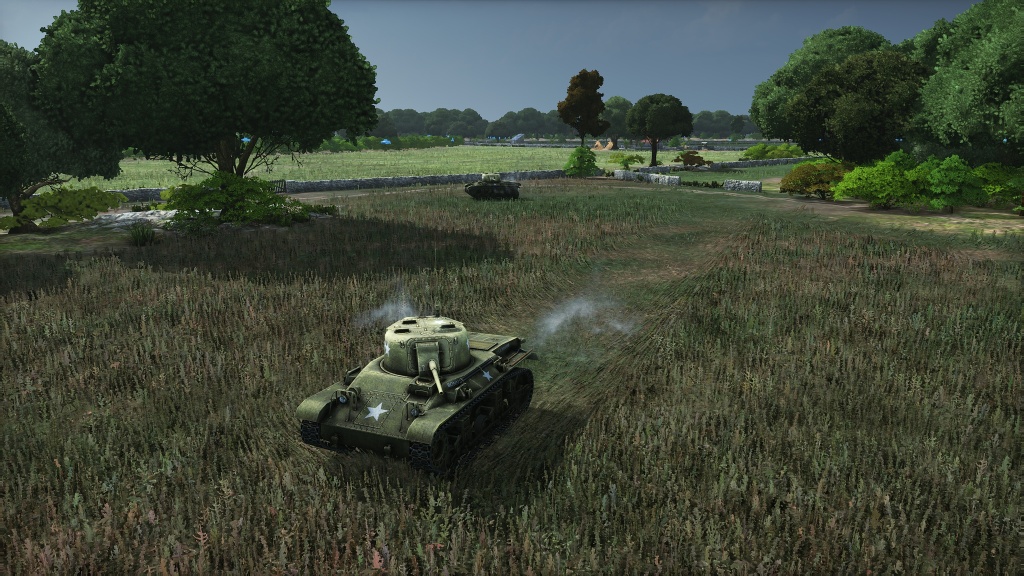
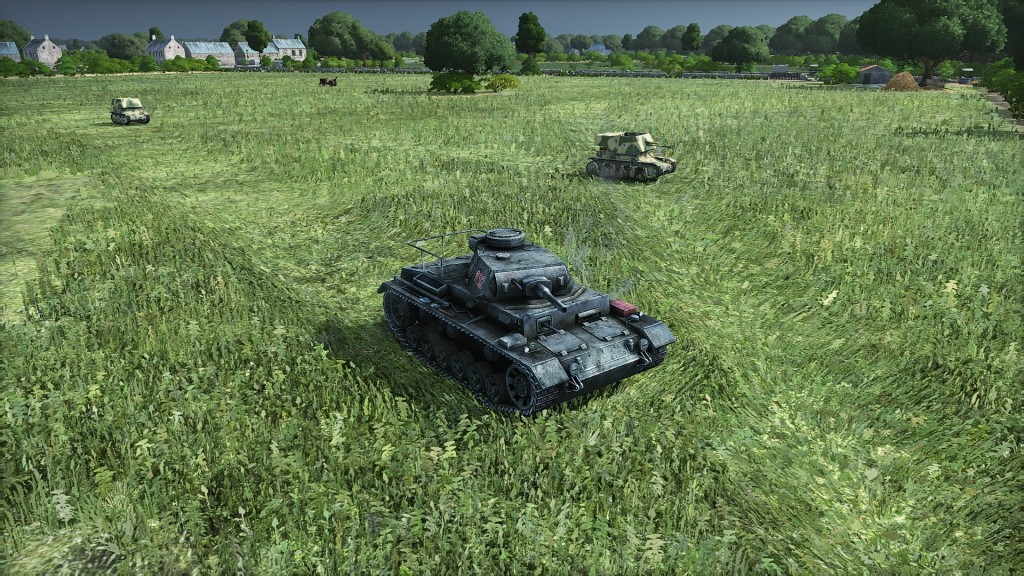
What contributes the most to this somewhat realistic engagement feeling is the morale system which seems to be somewhat inspired by the Close Combat series. Units don’t necessarily fight to the death even if you command them to they are not robots. Units will be suppressed, pinned down, they will retreat if they’re under a lot of stress or if they feel overwhelm they might even surrender to the enemy. This means that paying close attention to the position of your units and the engagements they are in involves a lot of small micro management, fights tend to last for quite a while so you still have time for reaction, unless you really get caught off guard, which for the most part shouldn’t be happening. This leads to elongated fire fights, with stress meters going up and down, it’s truly tense. And those will give you a hint of how a fight will go, is your stress bar going up really fast and the enemy isn’t? Maybe you are under artillery fire, or another enemy unit is nearby firing at your own. Maybe it just got shot by a tank. It’s a really nice system that allows you to sort of predict if you should really be fighting they way you are and gives you some hints at what you may be doing wrong. It also gives your units a very humane feeling to them. Overall the firefights are what you expect World War 2 french countryside fights to be like.
THE DIVISIONS- While personally I haven’t had much time trying to get my way around the different divisions in the game, from what I have read most divisions truly have a different feeling from each other. And as soon as you get aquaintenced to one of them, changing to a different one is a truly hard task. Each division has a unique ticket system for each of the game’s phases and usually focuses around one specific strength. The game has 18 divisions from six different countries. Unit count is pretty damn impressive too, going around 400 different units, which will give you plenty of room to tinker and find out how to truly explore your favorite and unique playstyle. I play with the 101st and usually my strat revolves around pinning down the enemy to pound him with my superior airforce and to rain down shell after shell using my artillery, following that up with swift infantry movement to capture and consolidate positions.

To put my final thoughts in paper, Steel Division is a rare gem in today’s strategy market genre, where innovation is not synonymous with new players coming in but older ones going out. Keeping that in mind, the folks at Eugen opted to work with a familiar design, using the framework of their Wargame series and with the World War 2 setting of RUSE, but with a twist to approach. What RUSE had in scale, lacked in depth, Steel Division (as of right now) goes for tactical depth instead of scale. But given Paradox approach to DLC i’m pretty sure it won’t be long until we see a Steel Division: Stalingrad, Steel Division: Ardennes, Steel Division: El Alamein, Steel Division: Battle of France, Steel Division: pretty much any world war 2 battle you can imagine. The groundwork for future DLC is clearly laid out with Normandy ’44. And I’m hopefully this happens, the game can stand on it’s own two feet but it’s also an amazing groundwork for future improvements and scenarios. Good job, EUGEN.
Follow Strategy and Wargaming Socials
If you enjoy Strategy and Wargaming, then you need to follow its socials. Are we the best strategy gaming website around? I would say so. Heck, what other options do you have? The Wargamer? Please.
So why not give us a follow on the cesspool that is Twitter, or join the 1000 other geriatric patients on Facebook? Or subscribe down below? Or maybe do everything? I don’t care, I’m not your grandmother.
If you enjoyed the article, consider buying me a coffee!
I’ve been running Strategy and Wargaming at my own expense since 2017, with only the ad revenue to cover the hosting, with everything else being done by me. So, if you’re an avid reader, you can afford it, and want to support the website, please consider Buying Me a Coffee by clicking this link, for as low as one euro! If you do, just know that you’re helping out a lot and contributing so that Strategy and Wargaming can continue growing!


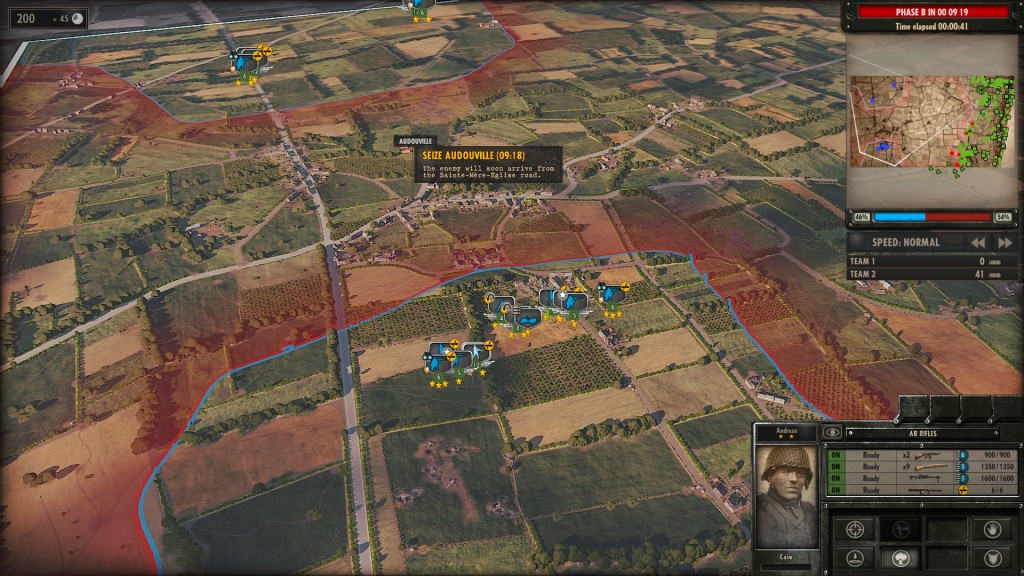

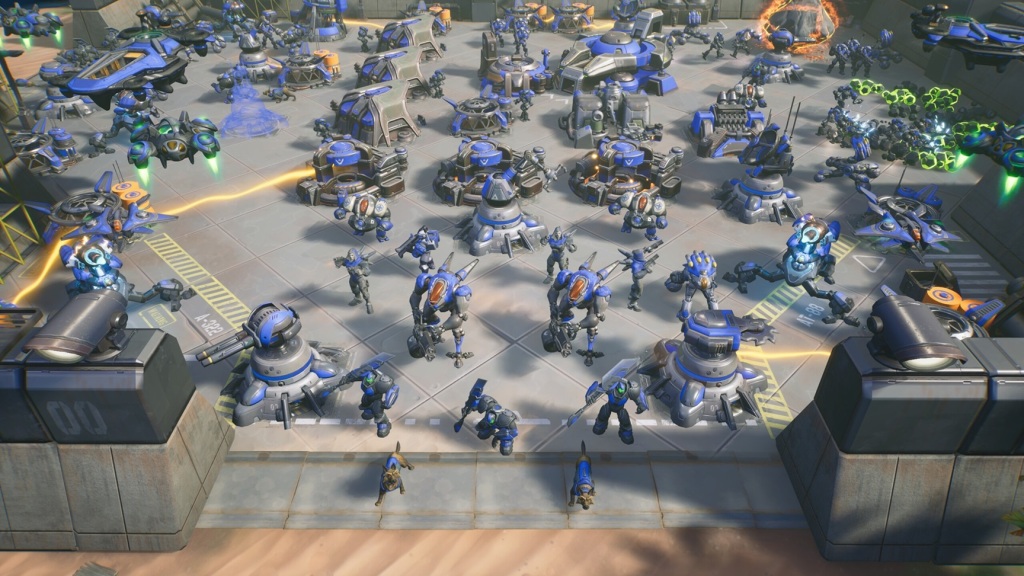
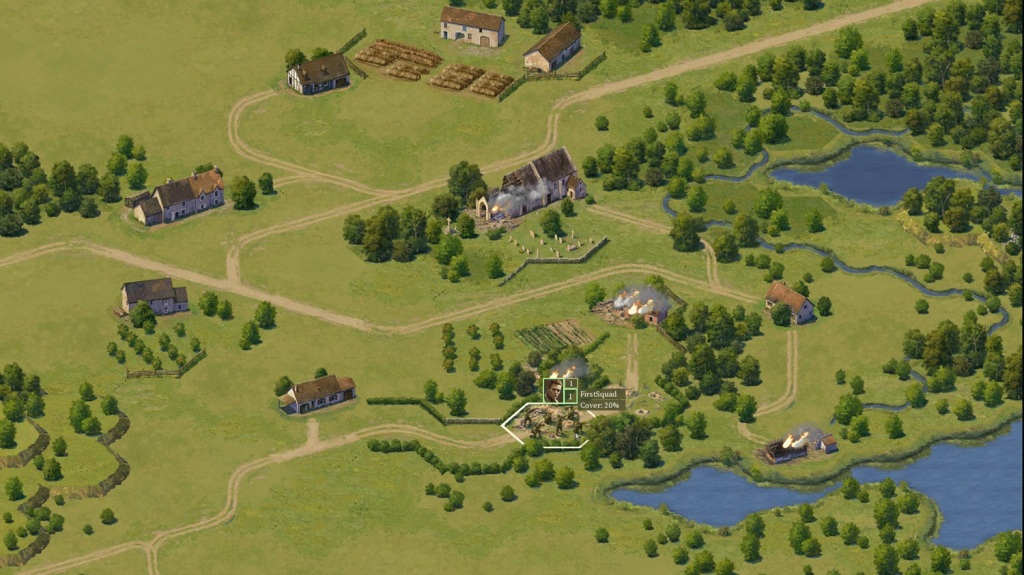
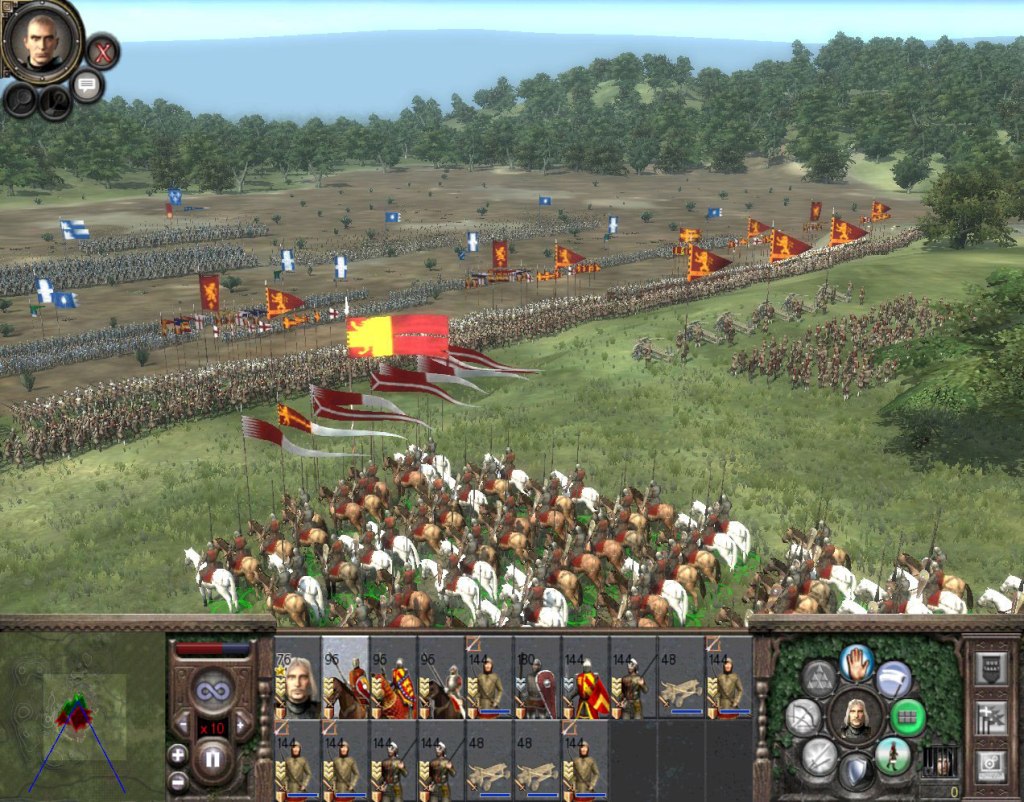
Leave a comment